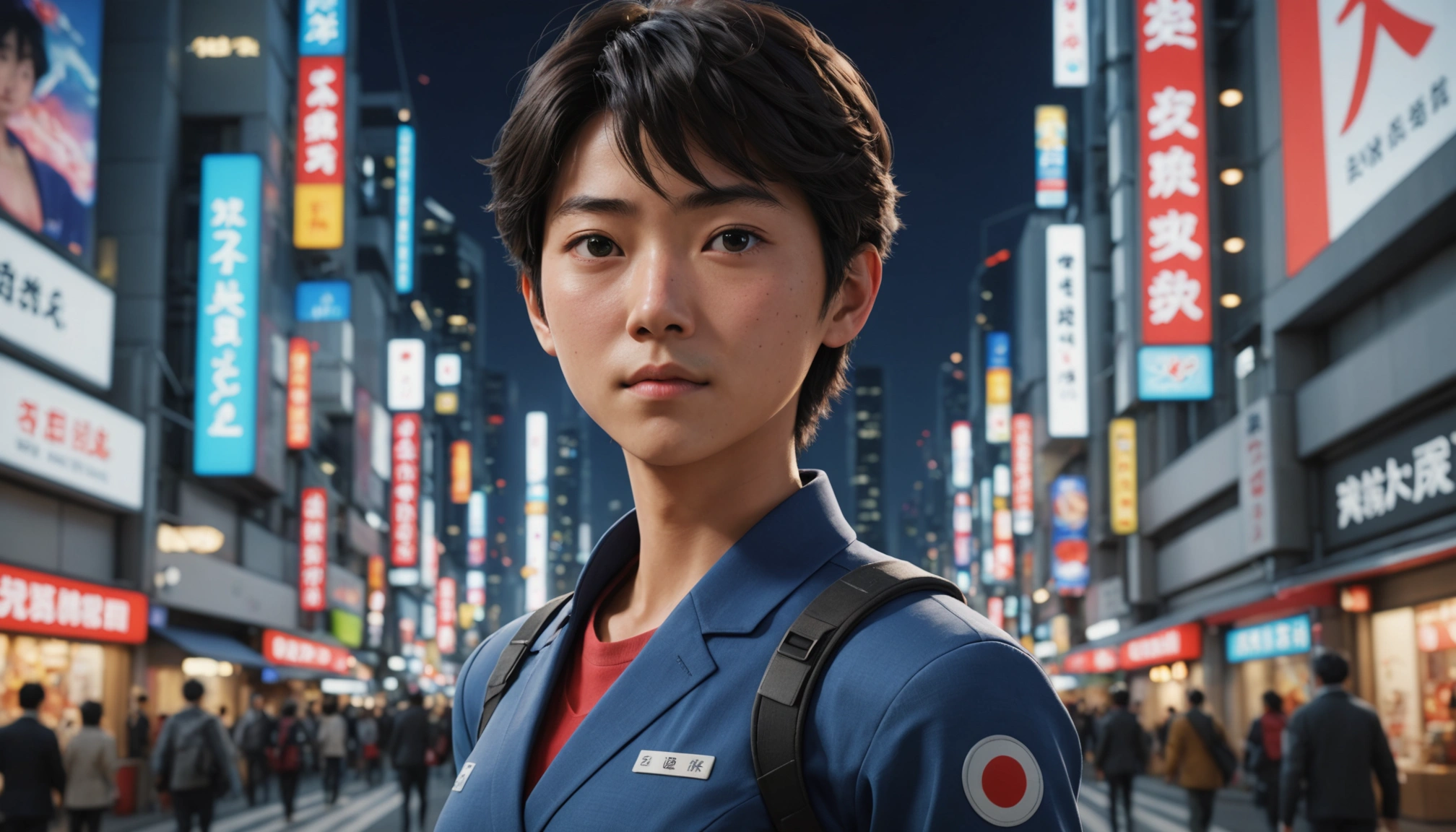Related Articles

Shah Rukh Khan: The Enduring Reign of Bollywood's 'Badshah' at 60

The Paradox of Fear: Unveiling How Horror Films Engage and Transform the Human Brain





Japan's renowned animation industry, a global cultural powerhouse, is increasingly turning to artificial intelligence (AI) to address critical challenges and unlock new creative potential. Faced with labor shortages, demanding production schedules, and the need for constant innovation, studios are strategically integrating AI tools into various stages of anime creation. This move aims to alleviate the burden on animators, enhance production efficiency, and explore uncharted artistic territories.
The anime industry, valued at $29.11 billion in 2022 and projected to grow, has long been plagued by demanding working conditions and a shortage of skilled animators. Reports indicate that animators often face long hours, low pay, and immense pressure to meet deadlines. This has led to a significant number of workers leaving the industry, exacerbating the labor crisis.
AI offers a potential solution by automating repetitive and time-consuming tasks. For example, "in-betweening," the process of creating frames between key poses, is traditionally a labor-intensive task assigned to entry-level animators. AI tools can analyze keyframes and generate smooth transitions, reducing production time by as much as 40%. This allows senior animators to focus on more creative aspects such as character design and storytelling.
Beyond addressing labor shortages, AI is also being used to streamline production workflows and enhance overall efficiency. AI-powered tools can assist with various tasks, including:
K&K Design, an anime production studio in Nagoya, uses a customized version of the text-to-image model Stable Diffusion to assist with coloring, background generation, and transforming photos and videos into anime. According to Hiroshi Kawakami, vice president of K&K Design, a five-second anime clip that would typically take a week of hand-drawn work can now be produced in a day using AI.
AI is not only benefiting established studios but also democratizing anime creation, making it more accessible to independent creators. With AI tools handling complex tasks, smaller teams or even solo creators can produce high-quality animations. This could lead to a surge in diverse and experimental content, enriching the anime landscape.
Despite the potential benefits, the integration of AI into the anime industry also raises concerns and challenges.
The key to successfully integrating AI into the anime industry lies in finding a balance between innovation and tradition. The goal should not be to replace artists but to empower them, using AI as a tool to enhance their creativity and productivity.
Kyoto Animation, known for its meticulous craftsmanship, exemplifies this approach. Instead of automating entire processes, they use AI for repetitive shading tasks, allowing their teams to focus on more creative lighting techniques.
Industry leaders emphasize that Japan's distinctive storytelling approaches and artistic skills remain essential competitive advantages that pure automation cannot replicate. The strategic positioning of AI as a tool that "empowers" creators rather than replacing them reflects awareness of these tensions, emphasizing collaboration with human artists rather than substitution.
The future of Japan's animation industry will likely involve a hybrid approach, where AI and human artists work together to create compelling and visually stunning anime. AI will handle repetitive tasks, generate complex visuals, and refine background scenes, while human animators will focus on character development, emotional expression, and storytelling.
As AI technology continues to evolve, it is crucial for the industry to address the ethical and practical challenges, ensuring that AI is used responsibly and in a way that preserves the artistic integrity and cultural significance of anime. By embracing a balanced and thoughtful approach, Japan's animation industry can leverage the power of AI to overcome its challenges and usher in a new era of creativity and innovation.